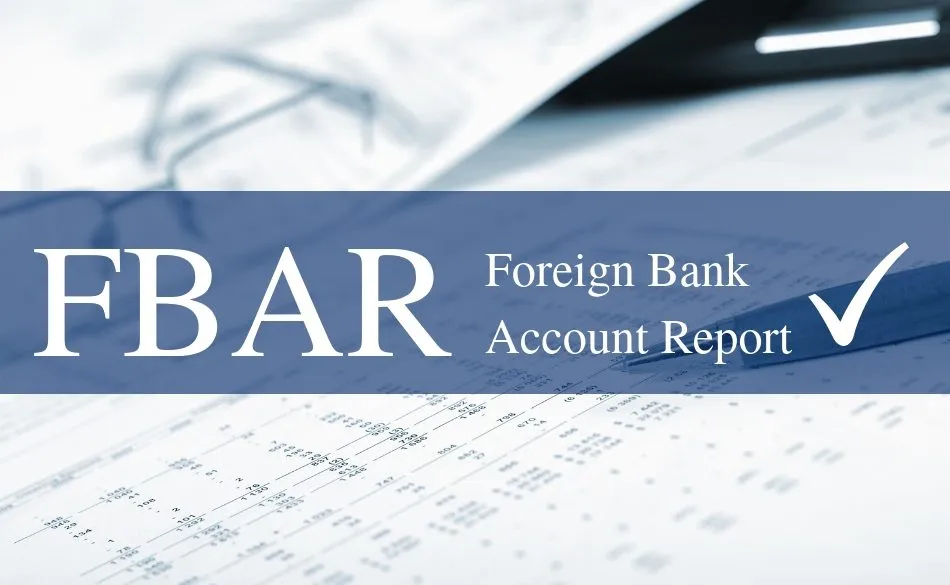 WhatsApp
WhatsApp
 Call Us
Call Us
 Email Us
Email Us
 Whatsapp Community
Whatsapp Community

In recent political discourse in India, the topic of inheritance tax has emerged as a contentious issue, sparked by remarks from prominent figures like Sam Pitroda, the chief of Indian Overseas Congress. Pitroda's comments on the United States' inheritance tax during the ongoing Lok Sabha elections have reignited discussions on wealth redistribution and economic policies. To grasp the gravity of this debate, it's crucial to delve into the nuances of inheritance tax laws, their historical context, and their implications for society.
Let's delve into this tax system, exploring its nuances globally and its historical context in India.
Inheritance Tax Across the Globe
United States:
In the U.S., inheritance tax is operational in only six states—Pennsylvania, Iowa, Kentucky, Maryland, Nebraska, and New Jersey. Unlike the federal estate tax, which taxes the estate itself, inheritance tax targets beneficiaries. Rates vary based on the inheritor's relationship with the deceased and the asset's value, with exemptions for spouses. For instance, Pennsylvania imposes a 4.5% tax for direct descendants, while Iowa exempts properties below $25,000 from taxation.
United Kingdom:
The UK enforces a 40% inheritance tax on assets exceeding £325,000, aiming to mitigate wealth concentration.
Japan and South Korea:
Japan and South Korea boast high inheritance tax rates, with Japan's peak rate at 55% and South Korea at 50%. Notably, in 2021, the family of late Samsung Electronics chairman Lee Kun-hee faced a substantial tax bill exceeding $10 billion.
India's Historical Stance
India once had an inheritance tax, abolished by former Prime Minister Rajiv Gandhi in 1985. Initially introduced to reduce wealth inequality and aid state development, it proved ineffective. Despite collecting a meager sum relative to total tax revenue, its administration costs were exorbitant. Loopholes facilitated tax evasion, rendering its implementation flawed.
The Estate Duty Act of 1953 imposed taxes up to 85% on inherited properties, but its repeal stemmed from its failure to fulfill intended objectives. VP Singh, then Finance Minister, highlighted its inefficiency and proposed its abolition in 1985. The move aimed to streamline tax laws and minimize procedural complexities.
Conclusion
Inheritance tax, a tool for wealth redistribution, remains a subject of debate worldwide. While some nations utilize it to address economic disparities, others, like India, have abandoned it due to ineffectiveness. Understanding the global landscape of inheritance taxation provides insights into its complexities and implications for socioeconomic structures.







Stay in the loop, subscribe to our newsletter and unlock a world of exclusive updates, insights, and offers delivered straight to your inbox.